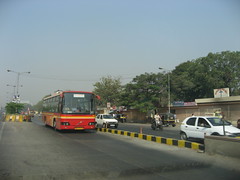User login
Monthly archive
- May 2023 (1)
- December 2022 (1)
- November 2022 (1)
- June 2022 (1)
- March 2022 (1)
- November 2021 (1)
- October 2021 (2)
- May 2021 (1)
- February 2021 (1)
- January 2021 (1)
- October 2020 (1)
- September 2020 (2)
- August 2020 (1)
- July 2020 (1)
- April 2020 (1)
- February 2020 (1)
- December 2019 (3)
- November 2019 (2)
- September 2019 (1)
- August 2019 (2)
- July 2019 (2)
- April 2019 (1)
- March 2019 (1)
- February 2019 (1)
- January 2019 (1)
- November 2018 (1)
- September 2018 (1)
- August 2018 (5)
- July 2018 (1)
- June 2018 (1)
Praja.in comment guidelines
Posting Guidelines apply for comments as well. No foul language, hate mongering or personal attacks. If criticizing third person or an authority, you must be fact based, as constructive as possible, and use gentle words. Avoid going off-topic no matter how nice your comment is. Moderators reserve the right to either edit or simply delete comments that don't meet these guidelines. If you are nice enough to realize you violated the guidelines, please save Moderators some time by editing and fixing yourself. Thanks!


